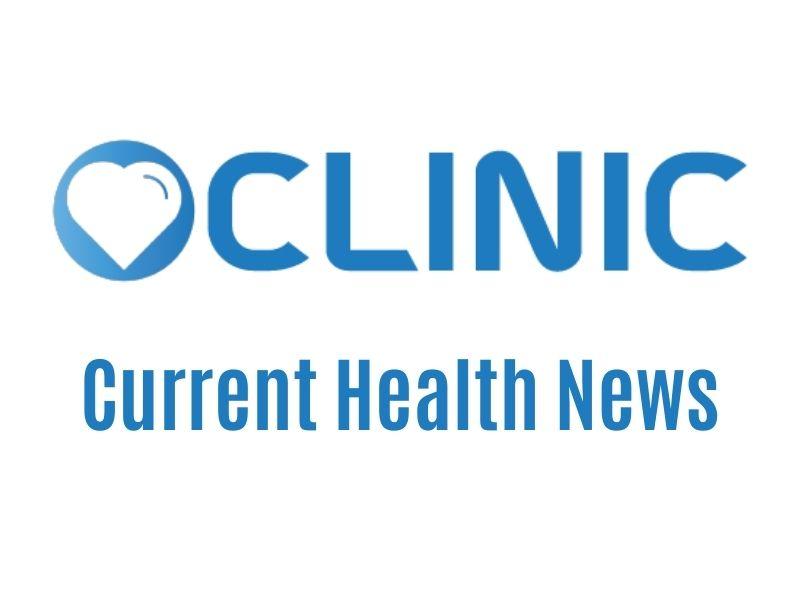Esophageal Obstruction (Esophageal Atresia)
Esophagus (esophagus) is the tube-shaped organ that provides the passage between the pharynx and the stomach. “Esophageal atresia” is the absence of a part of the esophagus. It occurs in one in 2000-3000 births. Additional diseases (especially heart diseases) and chromosomal abnormalities can also be seen in most of the patients. There are several types; The esophagus may be closed alone, the esophagus may be closed and there may be thin connections between it and the trachea, or the esophagus may be well developed and there may be a bridge-like connection between the trachea.
CAN IT BE DIAGNOSED IN THE Womb?
Sometimes this diagnosis can be suspected by ultrasonography performed during pregnancy. Absence of stomach on ultrasonography firstly brings to mind esophageal atresia. However, in most of the esophageal atresia, there is a thin connection between the trachea and the lower part of the esophagus, which we call fistula, and air/fluid can be seen in the stomach, as there is air passage from the trachea to the esophagus, and therefore to the stomach and intestines, thanks to this fistula. Therefore, the diagnosis may not be made during pregnancy.
If esophageal atresia is prediagnosed in the womb, delivery should be performed in centers with neonatal intensive care facilities, pediatric surgeons, and suitable for neonatal surgery, if possible.
HOW IS ESOPHAGUS ATRESIS DETECTED?
The newborn baby cannot swallow its saliva and cannot be fed. Their saliva both flows out of the mouth and goes into the windpipe, making it difficult for the baby to breathe. When we try to insert a thin plastic tube (catheter) through the mouth of such a baby, we notice that the probe does not advance, and on the X-ray we see that this probe is curved in the closed esophagus.
HOW IS THE TREATMENT?
Surgical intervention is necessary for the baby to survive. However, the type and time of the surgery may be different depending on the type of anomaly. If there is no additional problem that prevents the baby from being operated on (lung infection, severe heart disease), the baby can be operated when the baby is a few days old.
HOW IS THE SURGERY PERFORMED?
In line with the surgeon’s experience and the facilities of the centre; The thoracic cavity is entered openly or laparoscopically. The esophagus has upper and lower ends. If there is a fistula between the trachea and the trachea, this is first separated and the trachea is repaired. The ends of the esophagus are then stitched together. Since there is a difference in diameter between these ends, the esophagus after repair is roughly like a goblet. A thin feeding tube may be left in the esophagus. A tube may also be placed in the chest cavity to drain any leakage that may occur.
WHAT IS THE PROCESS AFTER THE SURGERY?
After the operation, the patient is followed up in the neonatal intensive care unit. Depending on the condition of the surgery, he can be followed up with a respirator for a few days, and when he sees that his own respiration is sufficient, the machine support is terminated. It can be fed through the tube attached to the esophagus. Whether there is saliva leakage from the place where the esophagus is attached to the end or not is followed from the attached tube. After 1 week, a medicated film is taken on the baby; It is seen that the drug given orally does not escape to the chest cage and can pass into the stomach, and the feeding tube in the esophagus is withdrawn. The chest tube is then withdrawn and discharged.
WHAT ARE THE PROBLEMS AFTER SURGERY?
For these babies, there is not much problem when they are fed with breast milk or liquid formula. However, after starting complementary foods, all foods should be pureed. After the age of 1.5-2, hard foods should be crushed with a fork, and when the child reaches the age of 4-5, they should be taught to chew thoroughly.
The survival rate is high in esophageal atresia without additional anomaly. However, these children may encounter problems such as esophageal motility disorder, gastroesophageal reflux (leakage from the stomach to the esophagus), aspiration, narrowing of the suture line in the esophagus and difficulty in swallowing, and recurrent tracheoesophageal fistula in the later stages of their lives.
While medical treatment is often sufficient for reflux, narrowing of the suture line may require one or more endoscopy and balloon dilation surgeries.

